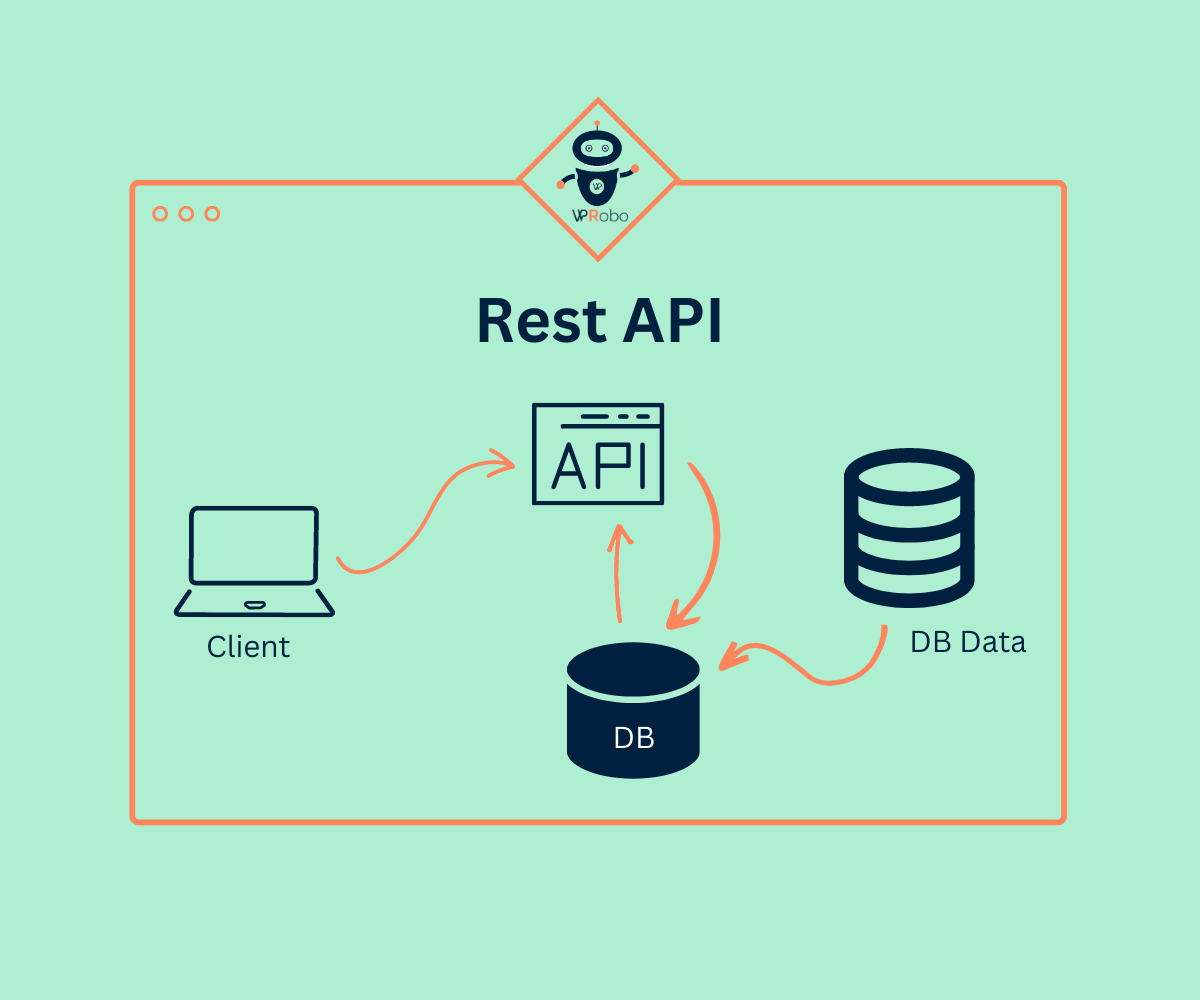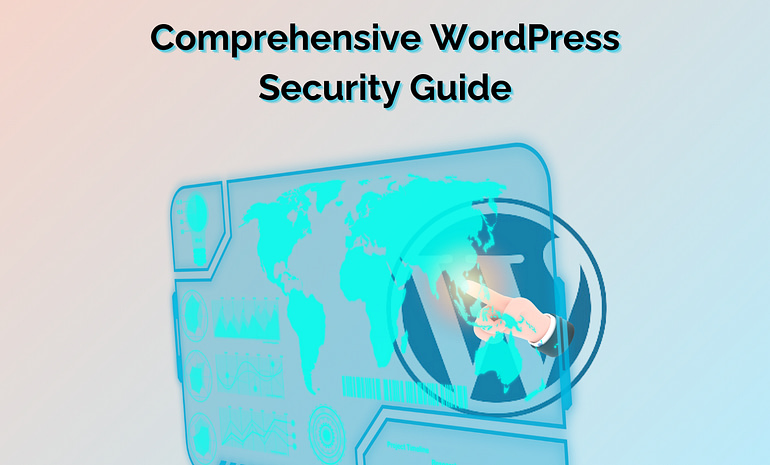How to build scalable and secure APIs
API security is a major concern for businesses today. APIs can be a weak point in the security chain and hackers can take advantage of vulnerabilities to gain access to sensitive data. In addition, businesses require APIs to be scalable, allowing for a large number of users and requests without sacrificing performance.
WPRobo offers a comprehensive API development services that helps you build scalable and secure APIs quickly and easily. We design and implement your API, that includes advanced security and monitoring features as well. Additionally, we provide 24/7 support and a range of integrations to help you streamline your API development process.
How to build secure APIs:
In this article, we will explore the key principles of building scalable and secure APIs and provide practical tips for organizations looking to enhance the security and scalability of their API infrastructure. APIs have become an integral part of the technology landscape and are used to connect various applications and services. With the increasing use of APIs, it’s important to ensure that they are scalable and secure. In this article, we will discuss the best practices for building scalable and secure APIs.
Use RESTful API Design:
REST (Representational State Transfer) is an architectural style for building web services that are widely used to build APIs. RESTful API design uses HTTP methods (such as GET, POST, PUT, and DELETE) to perform operations on resources and provides a consistent, easy-to-use interface for clients. RESTful API design also makes it easier to cache data and scale the API as needed.

Implement Authentication and Authorization:
APIs should have a secure authentication mechanism in place to ensure that only authorized users can access the API. Implementing OAuth or JWT (JSON Web Tokens) is a good way to handle authentication and authorization.

Use HTTPS:
APIs should use HTTPS (HTTP Secure) to encrypt data in transit. This ensures that the data transmitted between the API and the client is secure and protected from eavesdropping.
Here are the steps to build scalable and secure APIs using HTTPS:
- Obtain an SSL certificate: SSL (Secure Sockets Layer) certificates are used to secure communication between the server and client.
- Configure your server to use HTTPS: You need to configure your server to use HTTPS instead of HTTP. This involves adding the SSL certificate to the server and specifying the port number for HTTPS communication.
- Force HTTPS: Ensure that all requests to your API are sent over HTTPS by forcing HTTPS redirection on your server. This will prevent any sensitive data from being sent over an unsecured connection.
- Validate SSL certificates: Validate the SSL certificates used by your API clients to ensure that the connection is secure. This will prevent man-in-the-middle attacks.
- Use secure authentication: Use secure authentication methods such as OAuth or JSON Web Tokens (JWT) to authenticate users and prevent unauthorized access to your API.
- Regularly update your SSL certificates: Regularly update your SSL certificates to ensure that your API remains secure.
- Monitor your API: Regularly monitor your API to detect any security breaches or vulnerabilities. This will help you quickly address any issues and maintain the security of your API.
Validate Inputs:
APIs should validate all inputs, including query parameters, headers, and request bodies, to prevent security vulnerabilities such as SQL injection, XSS, and others. Input validation should be done on the server side, and sanitized inputs should be used in all database queries.
Use API Keys:
Using API keys can help control access to an API and allow for rate limiting and monitoring. API keys can also be revoked if necessary, making it easier to control access to the API.
Implement Caching:
Caching can help improve the performance of an API and reduce the load on the server. API responses can be cached for a certain amount of time to reduce the number of requests to the server. This can be especially helpful for frequently requested data.
Monitor and Log API Requests:
Monitoring and logging API requests can help identify any performance issues and potential security threats. Logging should include information such as the time of the request, the IP address of the client, the response status, and any error messages.
Use a CDN:
Using a Content Delivery Network (CDN) can help improve the performance of an API by distributing the load across multiple servers in different locations. This can help reduce latency and improve the user experience for clients located far from the API server.
Final thoughts:
In conclusion, building scalable and secure APIs is essential for providing a reliable and secure service. By adopting these best practices, developers can ensure that their APIs can meet the growing demands of modern applications and remain secure in the face of increasingly sophisticated threats. So, if you’re looking for a reliable and secure API development platform, consider WPRobo. With our advanced features and dedicated support, you can be sure your APIs will be scalable and secure, and you’ll have peace of mind knowing you have a trusted partner to help you succeed.



